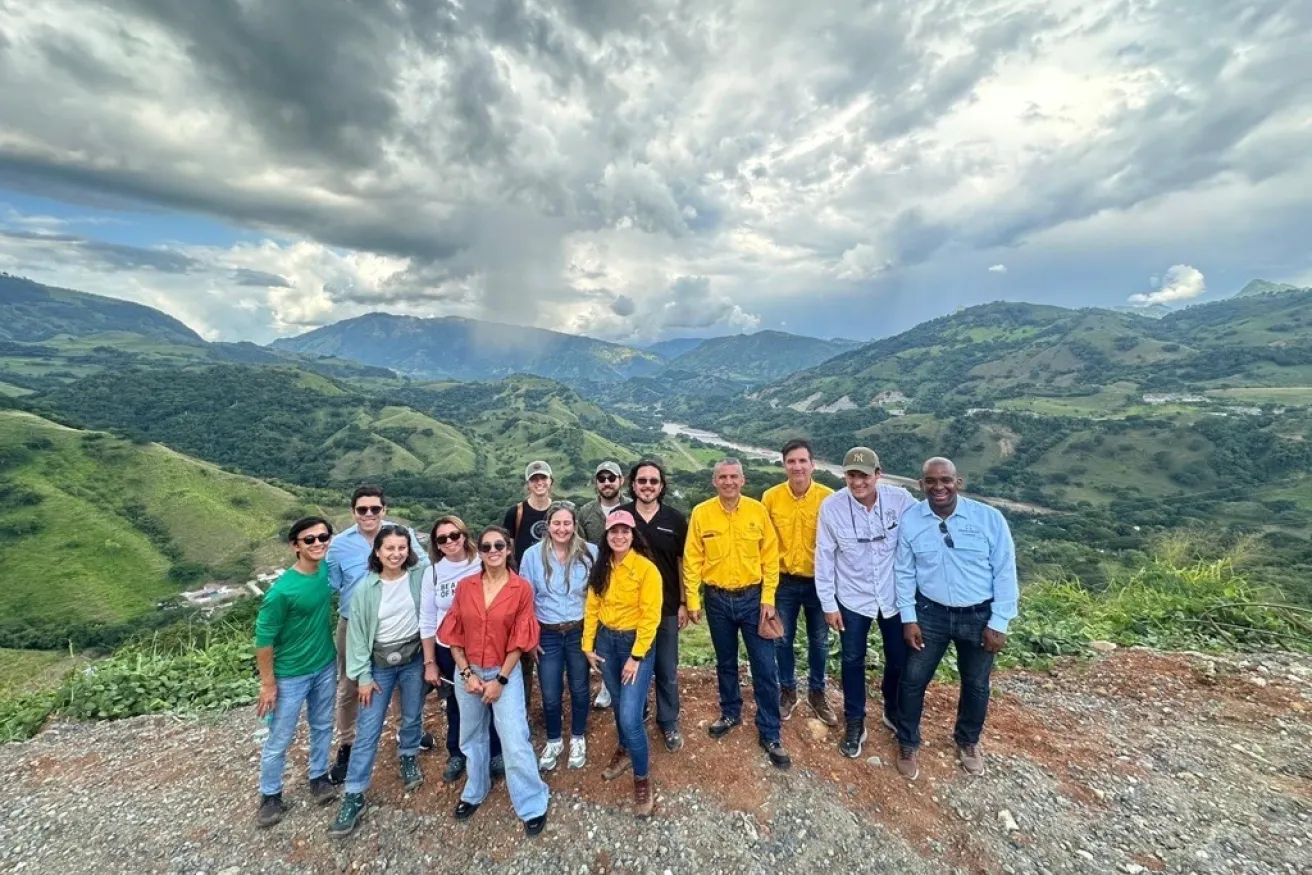Now live: The 2025 Canopy Report. Learn how Americans see trees. GET THE REPORT
Takeaways from the UN’s Conference of Parties on Biological Diversity (COP16)
Leaders from around the world recently convened in Cali, Colombia for the United Nation’s Conference of the Parties to the Convention on Biological Diversity (COP16 Colombia).
November 11, 2024

In nature, biodiversity is tightly linked to resiliency. But in many global ecosystems, biodiversity is now on the brink. That’s why leaders from around the world recently convened in Cali, Colombia for the United Nation’s Conference of the Parties to the Convention on Biological Diversity (COP16 Colombia).
The event provided an important forum on how to strengthen partnerships, drive private sector engagement, and align global goals to address threats to biodiversity. I was grateful to have the opportunity to be part of some of these conversations and as I reflect on those discussions, I wanted to share some of my key takeaways.
Nature, the Net-Zero Imperative
Engineered climate solutions, like carbon capture technology, and decarbonization efforts undoubtedly play an important role in addressing climate change.
But they can’t be our sole method of climate action.
Nature is a powerhouse, absorbing vast amounts of carbon dioxide through forest and ocean ecosystems. For organizations looking to chart a path toward being ‘net-zero’, there is no way to get there without nature. Beyond mitigating climate change, natural ecosystems can also create profound layers of good for the world. Forests for example offer co-benefits like improving water quality and quantity, supporting livelihoods, and nurturing biodiversity.
COP16’s many nature-centered conversations will help set the stage for next year’s COP30 where world leaders will come together in Belem, Brazil for climate negotiations. Hopefully, as they explore strategies to address the climate crisis, they will embrace methods that prioritize investing in nature alongside carbon reduction.
The Business Case for Biodiversity
Of course, investing in nature does require significant financial resources and it was exciting to see the noted increase in representation from the private sector at COP16. About 3,000 business delegates attended the convention, a marked rise from previous conferences. With the ability to direct critical resources and public attention to climate initiatives that address biodiversity loss, companies have an outsized ability to drive positive impact. The private sector plays a crucial role in shaping a better future for us all and it’s encouraging to see more bold corporate leaders taking a seat at the table.
We noticed many of these business delegates express curiosity in biodiversity credits as a mechanism to invest in nature. Like carbon credits, biodiversity credits are a market-based mechanism to incentivize investments in critical nature-based projects. The potential impact of biodiversity credits is intriguing, and the Arbor Day Foundation and Arbor Day Carbon continue to monitor the emergence of this new market with interest. Our goal remains to channel financial resources into the ecosystems that need it most by collaborating with planting and funding partners. As the biodiversity credit market develops, we expect to explore this new space further and determine if it’s a potential fit for our partners.
Setting Frameworks and Clearing a Path
Of course, to continue to drive progress, it’s important that we’re all moving in sync to achieve clearly defined goals. Governments have a responsibility to provide clear frameworks of expectations for both the public and private sectors. Improving clarity will create an opportunity for businesses to mobilize resources toward impactful biodiversity projects that align with national and global biodiversity goals. Furthermore, governments also need to define not just how to engage in biodiversity efforts, but also how to drive success through their engagement. For example, there is an opportunity to create greater business involvement in National Biodiversity Strategies and Action Plans (NBSAPs). By deepening the private sector’s integration with NBSAPs now, corporations can help ensure that biodiversity considerations become central to business strategies in the future.
It needs to be a priority to outline the target goals for corporate climate action related to biodiversity and then standardize the metrics for success. By proactively seeking collaboration with environmental and biodiversity experts, governments can ensure those metrics and standards are both consistent and achievable.
COP16 As a Catalyst for Change
There is a clear hope we can further integrate biodiversity into our broader climate goals to foster thriving ecosystems and resilient communities. But hope alone is not enough. Our ambitious global targets need to be grounded in tangible action. At COP16, we saw people zero in on implementation in a new way. We know the path forward will require commitment and collaboration between global and local leaders, environmental experts, and corporations. Leveraging innovative nature technology like bioacoustics, spatial imagery, and eDNA will prove crucial as we seek to measure progress. As a clear bridge to next year’s COP30 in Brazil, we believe COP16 learning will be a catalyst for creating momentum in climate action.



